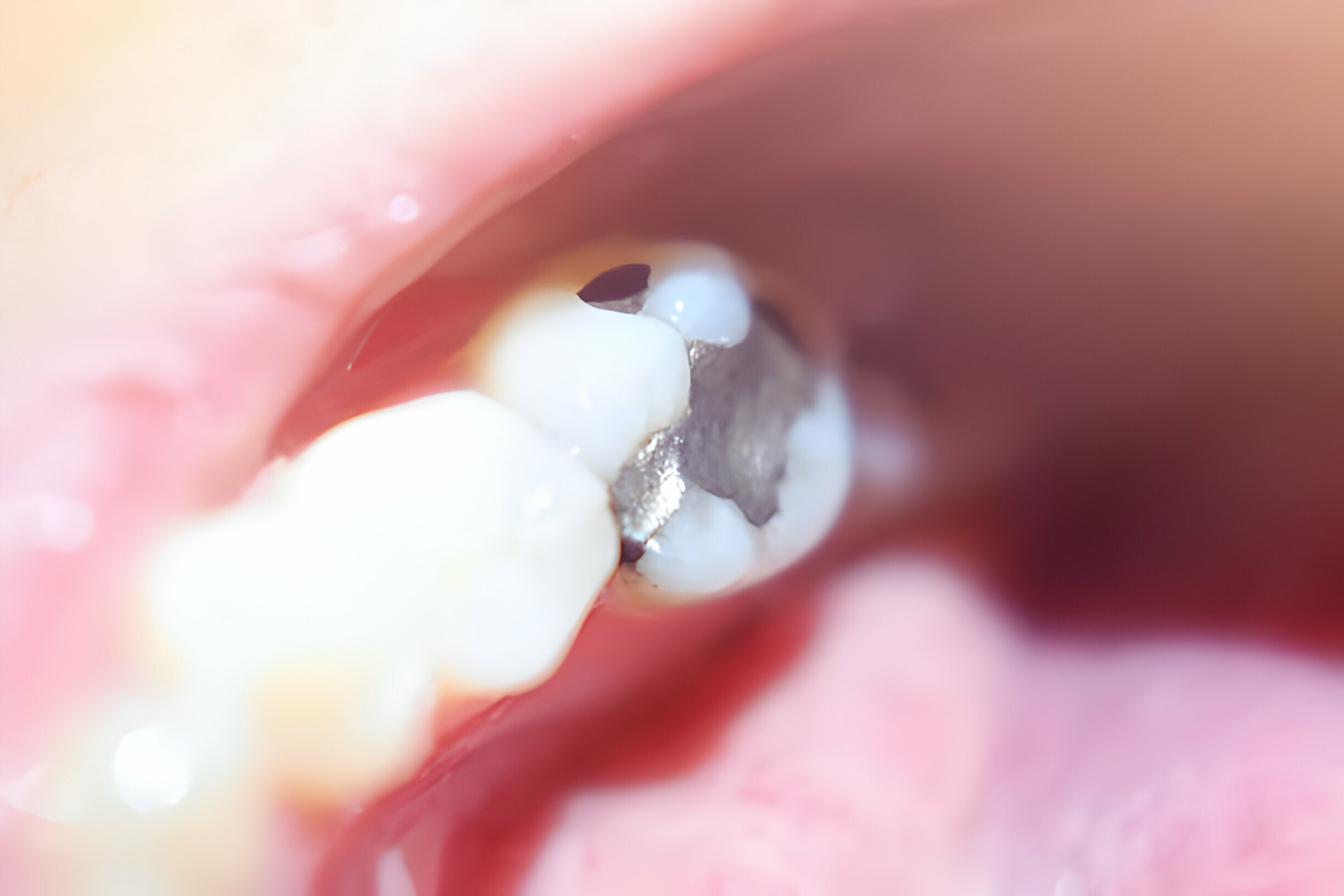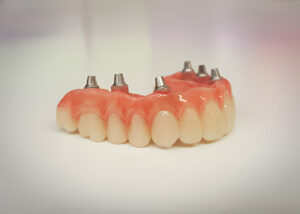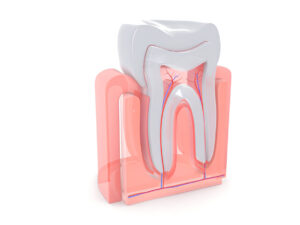Summary
Healthy gums and cavities are equal parts prevention and treatment!
While a radiant, radiant smile can be a powerful boost to your confidence, imperfections in your front teeth can sometimes affect the overall aesthetic appeal of your smile. Ideally, over 178+ million Americans miss at least one tooth.

Imperfect smiles and lowered confidence are among the primary reasons most individuals opt for composite filling in teeth. The treatment is designed to repair cavities and damage in the tooth.
Most patients visiting our clinic want detailed inputs on how this oral restorative method helps perfect their smile. Therefore, this blog looks closer at some unique aspects of composite fillings for treatment.
The following sections explore:
- Composite Fillings – Your Go-to Smile Restorative Option
- Types of Composite Filling for Oral Restoration
- Uses of Composite Fillings
- Composite Fillers – What Makes Them Different?
- The Procedure of Composite Fillers on Teeth
- Fillings are Versatile
Continue reading as we get an in-depth idea of the procedure in the latter sections.
Composite Fillings – Your Go-to Smile Restorative Option
Composite or tooth-colored fillings are oral fillings used to repair damage or cavities in your teeth. Professional dentists in Garland, TX, generally use composite fillings made from a resin matrix, a mixture of plastic and fine glass particles, to reshape your cavity. They fill the damaged or affected areas of the cavity to create a perfect and uniform look.
This composite material used in the treatment is durable. Unlike traditional amalgam fillings, it closely mimics the natural appearance of teeth, allowing composite fillings to blend seamlessly with your natural tooth color. This makes it an ideal choice for a front tooth filling, where the quality of the oral procedure is crucial to achieving a perfect smile.
Types of Composite Filling for Oral Restoration
When visiting your oral professional for fillings on front teeth, they’ll present you with two types of composite fillers, namely:
Direct Composite Fillers
Direct composite fillings involve placing the filling material into the cavity directly in one visit, making it an ideal choice for small cavities.
Indirect Composite Fillers
Indirect composite fillings involve multiple sessions as they are created outside your mouth in a dental lab. Custom-fitted fillings are made to match your cavity, ideally based on impressions taken by your dentist.
Interestingly, however, that’s not all. The market is flooded with different grades of composite filling materials, ranging between standard and premium quality, with higher durability and better aesthetics. Your dentist will suggest options that best suit your oral health.
Uses of Composite Fillings
As mentioned earlier, composite white fillings bind to the surface of the enamel, providing a natural-looking restoration that blends in seamlessly with the surrounding teeth.
Composite fillings can be used to treat front cavity filling, gaps between the teeth, chipped or cracked, broken, decayed, slightly crooked, and discolored or yellow teeth.
However, composite fillers cannot be used for severe dental issues like severely misaligned, overbites, underbites, and fractured teeth. These issues require other orthodontic measures, such as dental crowns or braces.

Composite Fillers – What Makes Them Different?
Dental fillings in front teeth are preferred as they require less removal of healthy tooth structure and provide superior aesthetic results. Interestingly, however, that’s not all.
Here’s an overview of what the appliance can do for you:
Enhance Tooth’s Appearance:
Not all teeth have the same structure or color, and that’s normal. Composite filling serves as a beneficial method to harmonize the appearance of your smile, addressing issues such as abnormal shapes, crookedness, chipping, or discoloration.
Utilizing composite resin in dental filling ensures a more consistent and uniform look, both in shape and color, providing a balanced and aesthetically pleasing smile.
Shield Exposed Tooth Roots:
Composite dental filling is an efficient solution for repairing damaged teeth without requiring intricate and costly dental procedures. Specifically, you can benefit from filling if you are experiencing exposed tooth roots due to receding gums.
It covers the roots, reducing sensitivity to hot and cold foods. Beyond its functional benefits, bonding also enhances the overall aesthetics of the smile, contributing to an improved appearance.
Close Gaps In Your Cavity:
Composite filling offers a straightforward solution if you have gaps or spaces between your teeth. This dental treatment is a simple yet effective way to close such gaps, preventing the accumulation of food particles and facilitating easier eating.
Composite white fillings are highly durable. They can last up to a decade or more when cared for properly. Maintenance involves avoiding sticky or hard foods to preserve the integrity of your composite-bonded smile.
The Procedure of Composite Fillers on Cavity
The composite filling treatment involves a step-by-step procedure. Let’s delve deeper:
Step 1: Examination and Diagnosis
The journey to a dazzling smile begins with a thorough examination by your dentist. X-rays may be taken to assess the extent of the damage and determine whether a composite filling is the ideal solution for your front teeth.
Step 2: Anesthesia
Local anesthesia is administered to ensure your comfort throughout the procedure. The goal is to numb the area around the affected tooth, eliminating pain or discomfort.
Step 3: Tooth Preparation
Using precision tools such as a dental drill or laser, the dentist delicately removes the damaged or decayed portion of the front tooth. In the case of front teeth, preservation of as much natural tooth structure as possible is a priority, contributing to both functionality and aesthetics.

Step 4: Etching and Bonding
Creating a foundation for the composite material involves etching the tooth with a mild acidic solution, creating a textured surface. This step enhances the bond between the tooth and the composite. Subsequently, a bonding agent is applied to secure the connection further.
Step 5: Composite Placement
The magic begins as layers of tooth-colored composite resin are meticulously applied to the prepared tooth. A special curing light is employed with each layer to harden the material. The dentist sculpts and shapes the front cavity filling, ensuring it seamlessly blends with the natural contours of the tooth.
Step 6: Shaping and Polishing
Crafting a natural appearance is an art form in itself. The dentist carefully shapes the composite to match the unique characteristics of your front teeth. A final touch involves polishing the filling composite to a smooth finish, providing a flawless integration with the surrounding cavity.
Once the treatment is over, your dentist will examine your bite and make any necessary adjustments to guarantee that the composite filling complements your natural bite. This step is crucial for both functionality and long-term comfort.
Fillings are Versatile
Dental filling front teeth has emerged as a modern and versatile solution for restoring a smile while prioritizing aesthetics and function. But to ensure its longevity, you must take care of the composite fillings.
Once you undergo the treatment, maintain regular oral hygiene to prevent new cavities and preserve the longevity of composite fillers. Limit consumption of staining agents such as coffee, tea, and tobacco to prevent discoloration of the composite material. All the best!
Takeaway
- Imperfect smiles and poor confidence are two of the most common reasons people choose composite fillings in their teeth. The procedure aims to cure cavities and tooth damage.
- Dental filling in the front teeth has evolved as a sophisticated and adaptable tooth restoration method that prioritizes aesthetics and function.
- Still confused about the treatment? Need a detailed explanation of the procedure? Don’t forget to connect with our experts at Distinctive Dental Concepts to learn more today.







